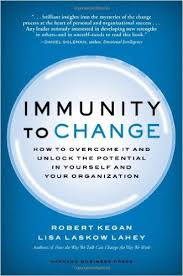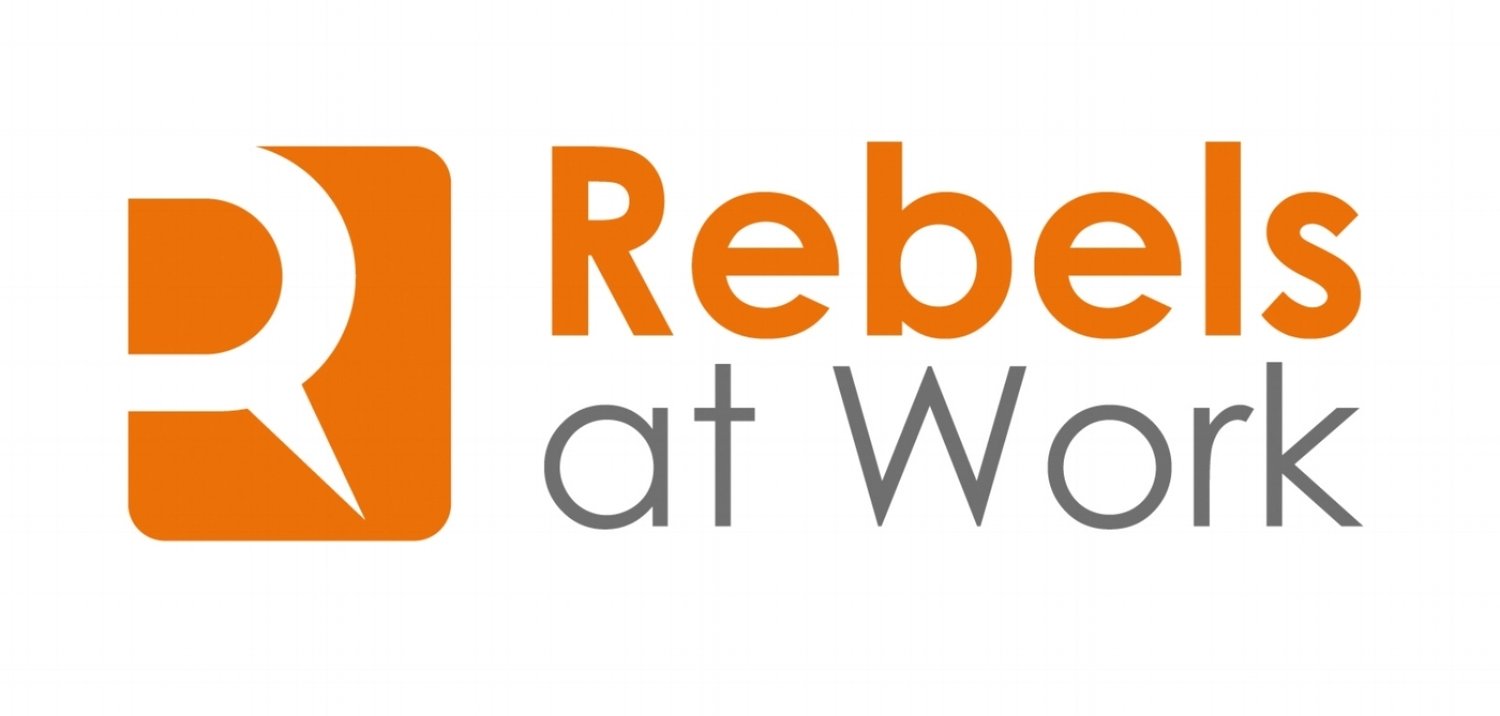It’s discouraging and frustrating to work tirelessly on solving what you think is an important issue and nothing happens. Despite brilliant thinking, smart teammates, and innovative solutions, the organization never fully embraces the new approach.
There are a lot of reasons why good ideas never get adopted. Sometimes they’re not critical to the organization’s goals, require too many resources, or scare the managerial keepers of the status quo.
But there’s another reason that’s rarely acknowledged: we’re trying to solve the wrong problem.
Defaulting to tactical fixes: a sad, but true story
More specifically, we go after creating tactical solutions – new systems, processes, behavioral ways to do the work – when the real problem is an underlying belief or mindset issue.
 It’s the old iceberg model: we try to fix the 10% of work that’s visible instead of addressing the invisible issues under the surface.
It’s the old iceberg model: we try to fix the 10% of work that’s visible instead of addressing the invisible issues under the surface.
Let me share a story to illustrate.
A few years ago an executive of a large, global company told me that the company’s marketing and communications organizations weren’t collaborating. Hundreds of people seemed to either being doing slightly redundant work or certainly not working as efficiently or creatively as they could be.
The siloes did their annual plans every year and sent them up through their hierarchies to the president, who clearly saw overlaps and missed opportunities.
I was asked to help the two organizations break down their organizational barriers. The immediate goal: develop one integrated plan for the coming fiscal year.
We used Art of Hosting and The Circle Way techniques to identify shared purpose, establish common goals, and have conversations in new ways so that everyone was heard. We created simplified, shared planning templates. There were raucous, collaborative sessions where people worked intently and with good intentions. The thinking was smart; the output was strategic and creative. Great relationships were formed.
But after that one planning cycle, people slid back into their own silos where marketing and communications each did their thing, apart from the “governance” committee meetings that were in reality lipstick on the collaboration pig.
While people gained a new appreciation of one another and the diverse roles in each organization, the goal to create new processes and open communication was a dud.
Uncovering the real problem
After 18 months I was called in to facilitate a session with just four executives – two from marketing and two from communications to figure out “how to fix this collaboration problem.”
 Sensing that there was a deeper underlying issue, I led the executives through creating an Immunity to Change map to see if there were assumptions and beliefs holding people back from achieving their goal of working together.
Sensing that there was a deeper underlying issue, I led the executives through creating an Immunity to Change map to see if there were assumptions and beliefs holding people back from achieving their goal of working together.
Immunity to Change, developed by Harvard School of Education professors Robert Keegan and Lisa Lahey, is a diagnostic tool that pinpoints individual beliefs and organizational mindsets that make us immune to seeing what’s really stopping us from achieving our most important goals. Just as our body becomes immune to disease, our mind can become resistant to certain types of change.
By making these immunities visible you begin to see root causes -- and can then focus on solving the right problems.
What was revealed among the corporate executives: the marketing people believed that they and their staffs were much smarter than the communications teams.
That’s why marketing didn’t want to collaborate. They felt they were the strategic, creative minds and the communications people were tactical and lacking in an understanding of the business issues.
It was a painful session and oddly freeing. Now the real work could begin.
Be a problem identifier vs. just a problem solver
One of the most valuable things Rebels at Work can do for our organizations is to identify the real problems.
While problem solving is valuable, problem identification is foundational.
And one of the most valuable things we can do for ourselves is to identify what might be holding us back from being confident, effective Rebels. Motivation is valuable. Clearing away beliefs that limit our influence is bliss.
**********
For more information on Immunity to Change, go to Minds at Work, the consulting firm founded by Drs. Kagan and Lahey or read the book, which explains the research on resistance to change, how to create an immunity map, and how individuals and organizations have used the process to unlock what’s holding them back from making important changes.
If anyone is interested in participating in a special Immunity to Change training for Rebels at Work, send Lois an email: Lois@RebelsatWork.com. If we can get enough people, we’ll make it happen.
